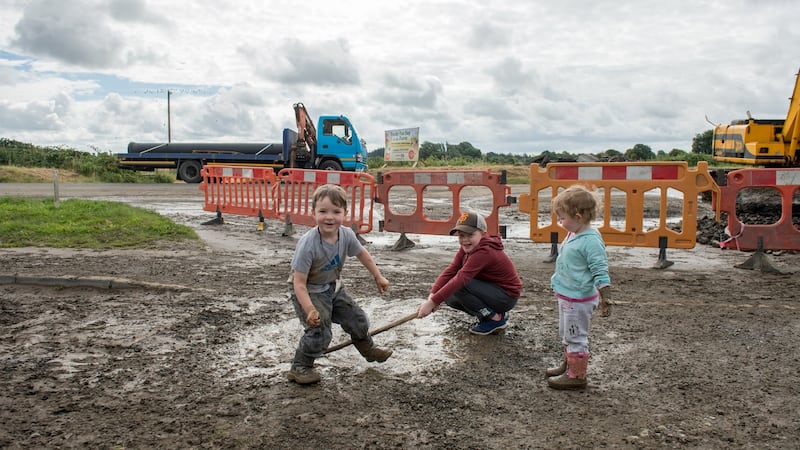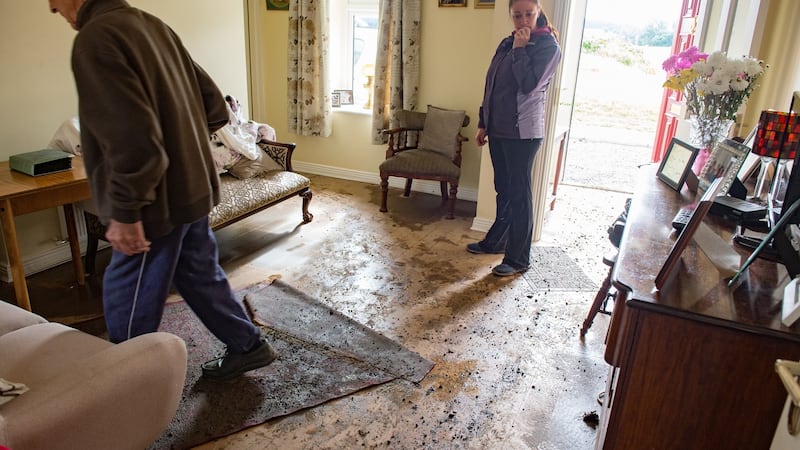Water is being restored to homes and businesses in Navan, Co Meath after a major pipe burst was repaired, Irish Water has said.
Up to 10,000 people were affected by the outage since early night after the trunk main that feeds the town burst leaving most of it without water. Irish Water said water was resuming in the north, west and south Navan town and some surrounding area over the course of the evening.
It followed a similar problem which left Drogheda and other parts of the northeast without water for several days.


Mobile water tanks had been brought to Our Lady’s Hospital in Navan in case the water in its storage tanks ran short.
The R162 Navan/Kingscourt Road at the bottom of Proudstown Hill was closed while crews work on the pipe.
“A temporary reinstatement of the road is taking place today currently and a permanent reinstatement in parallel to installing extra drainage and road gullies adjacent to the main to help eliminate further flooding of properties in the area,” Irish Water said in a statement.
Irish Water apologised for the inconvenience caused by this incident and thanked customers for their patience and cooperation.
Conor Foley, the utility’s regional operations lead, said Irish Water would not be found wanting when it comes to reimbursing families impacted by flood damage from burst mains.
The company’s said it had been liaising with families in the Navan area whose homes have been damaged by burst mains for the second time in two years. They will provide temporary accommodation if necessary and will discuss reimbursement for damages.
Mr Foley denied that the repairs in December 2015 had been a ‘patch up job’. It was a “robust engineering repair,” he told RTÉ’s News at One.
Asbestos/cement pipes become brittle over time, he said. “This main has been identified as a high risk priority...We have a huge network of these high risk mains.”
He said that Irish Water has 63,000 kms of water pipes, 10 per cent of which is categorised as a high risk.
“It is a big challenge. €13.5 billion is needed to invest in the infrastructure.”










